Space Station
A Space Station is a human-made structure that orbits Earth or another celestial body, serving as a long-term habitat and workplace for astronauts and cosmonauts. These stations are equipped with various life support systems, scientific instruments, and technology to support scientific research, international cooperation, and space exploration endeavors. They play a crucial role in advancing our understanding of space, testing technologies for future missions, and fostering international collaboration in space exploration.
Significance of Space Stations
Space stations, like the International Space Station (ISS), hold significant importance in space exploration and scientific research for several reasons:
Scientific Research:
Space stations provide a unique microgravity environment where scientists conduct experiments in physics, biology, astronomy, and more. This research helps us better understand fundamental aspects of science and how they apply to space.
International Cooperation:
The ISS is a symbol of international cooperation, involving space agencies from multiple countries. It promotes peaceful collaboration in space exploration, fostering diplomatic ties among nations.
Technological Advancement:
Developing and maintaining a space station requires cutting-edge technology, leading to innovations in areas like life support systems, robotics, and spacecraft design, which have practical applications on Earth.

Human Spaceflight Experience:
Space stations serve as platforms for long-duration human spaceflight, allowing astronauts to learn how to live and work in space. This experience is vital for future deep-space missions, including Mars exploration.
Earth Observation:
Space stations offer a vantage point for Earth observation, monitoring weather patterns, climate change, natural disasters, and environmental changes.
Space Medicine:
Space station missions contribute to our understanding of space medicine, helping us mitigate health issues associated with extended space travel.
Education and Inspiration:
Space stations inspire future generations to pursue careers in STEM (science, technology, engineering, and mathematics) and space exploration. They captivate public interest and imagination.
Economic Benefits:
Investments in space stations can stimulate economic growth through technology spin-offs, job creation, and the commercialization of space activities.
In summary, space stations play a crucial role in advancing our scientific knowledge, fostering international cooperation, driving technological progress, and inspiring humanity to explore and innovate beyond our planet.
History of Space Stations
The concept of a space station has been a dream of scientists and science fiction writers for decades. However, it wasn’t until the mid-20th century that this dream began to materialize. The Soviet Union launched the world’s first space station, Salyut 1, in 1971. Unfortunately, this early effort ended in disaster when a pressure equalization valve malfunctioned, causing the station to depressurize and leading to the death of the crew onboard.
Despite this setback, space agencies around the world recognized the potential of space stations and continued to develop them. The Soviet Union and later Russia launched a series of Salyut and Mir space stations, the latter being particularly significant for its long-duration missions and international cooperation. In 1986, the Mir space station became the first space outpost to host astronauts from the United States, marking a historic moment in space exploration.
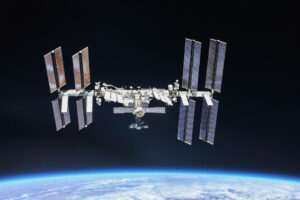
There have been several space stations launched into orbit around Earth.
Detailed overview of some of the most important space stations.
Skylab (1973-1974):
Skylab was the United States’ first space station and operated from 1973 to 1974.
It was launched as part of the Apollo program and hosted three crews of astronauts.
Skylab conducted scientific experiments in various fields, including astronomy, biology, and Earth sciences.
It re-entered Earth’s atmosphere in 1979 and burned up, scattering debris over the Indian Ocean.
Salyut Program (1971-1986):
The Soviet Union’s Salyut program was the world’s first space station program, with several stations launched between 1971 and 1986.
Salyut stations hosted crews of cosmonauts and conducted experiments in various scientific disciplines.
Notable stations in this program included Salyut 1, Salyut 6, and Salyut 7.
Mir (1986-2001):
Mir, launched by the Soviet Union, was one of the most iconic space stations and operated from 1986 to 2001.
It hosted long-duration missions and international collaborations, including American astronauts.
Mir played a vital role in human spaceflight research and technology development.
In 2001, Mir was intentionally deorbited, and it burned up over the Pacific Ocean.
International Space Station (ISS)
(2000-Present):
The ISS is a joint project involving multiple space agencies, including NASA (United States), Roscosmos (Russia), ESA (European Space Agency), JAXA (Japan Aerospace Exploration Agency), and CSA (Canadian Space Agency).
It serves as a laboratory for scientific research in microgravity.
The ISS orbits Earth at an altitude of approximately 420 kilometers (260 miles) and travels at a speed of 28,000 kilometers per hour (17,500 miles per hour).
It consists of various modules for living and working, solar arrays for power generation, and scientific laboratories.
The ISS represents a pinnacle of international cooperation in space exploration.
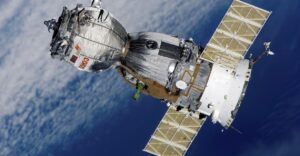
Tiangong Space Stations (China) (2021-Present):
According to Media Reports, China had launched and begun assembling its own space station, known as the Tiangong Space Station.
This space station is intended for scientific research and international cooperation, similar to the ISS.
It consists of a core module and will have additional laboratory and habitat modules.
Other Small-Scale Space Stations:
In addition to the major space stations mentioned above, there have been smaller, experimental space stations and platforms launched by various countries for specific research purposes.
Purpose and Objectives
Space stations have a wide range of purposes and objectives, making them invaluable platforms for scientific research and technological development. Some of their primary functions include:
Scientific Research:
Space stations provide a unique environment for conducting experiments in microgravity. Researchers can study the effects of weightlessness on biological systems, materials, and physical processes, leading to advancements in various fields such as medicine, biology, and materials science.
Technology Development:
Space stations serve as testbeds for new technologies and systems that are crucial for future deep-space missions, such as Mars exploration. These include life support systems, radiation shielding, and advanced propulsion technologies.
International Collaboration:
Space stations often involve international cooperation, fostering diplomatic and scientific ties between nations. The International Space Station (ISS), for instance, is a joint project involving space agencies from the United States, Russia, Europe, Japan, and Canada.
Human Spaceflight Experience:
Space stations offer an opportunity for astronauts to live and work in space for extended periods. This experience is invaluable for training and preparing astronauts for long-duration missions to destinations like Mars.
Earth and Space Observation:
Space stations provide an excellent vantage point for Earth and space observation. They can monitor our planet’s climate, weather patterns, and natural disasters while also studying celestial phenomena and the universe beyond.
Design and Components
Space stations are highly complex structures, carefully designed to support the needs of astronauts and the experiments they conduct. Some key components and design features of space stations include:
Habitat Module:
This section of the station provides living quarters for the crew, including sleeping quarters, hygiene facilities, and a galley for preparing meals.
Laboratory Modules:
Space stations are equipped with various laboratories where astronauts conduct experiments in fields such as biology, physics, and astronomy.

Solar Arrays:
To generate power, space stations are equipped with large solar arrays that convert sunlight into electricity. These arrays track the Sun to maximize energy production.
Life Support Systems:
These systems recycle air and water, removing carbon dioxide and impurities while ensuring a continuous supply of oxygen and clean water for the crew.
Docking Ports:
Space stations have docking ports to allow spacecraft to link up for crew transfers, resupply missions, and equipment delivery.
Radiation Shielding:
Space stations incorporate shielding materials to protect astronauts from harmful cosmic radiation and solar radiation.
Robotic Arms:
Many space stations are equipped with robotic arms for tasks such as capturing incoming spacecraft or assisting astronauts during spacewalks.
The International Space Station (ISS)
The most famous and enduring space station is the International Space Station (ISS). Launched in 1998, the ISS is a joint project involving NASA (United States), Roscosmos (Russia), ESA (Europe), JAXA (Japan), and CSA (Canada). It serves as a remarkable example of international cooperation in space exploration.
The ISS orbits Earth at an altitude of approximately 420 kilometers (260 miles) and travels at a speed of about 28,000 kilometers per hour (17,500 miles per hour). It has been continuously inhabited since the arrival of Expedition 1 in November 2000, making it a symbol of humanity’s enduring presence in space.
The station’s laboratory modules enable a wide range of scientific experiments, from studying the behavior of fluids in microgravity to growing plants and conducting medical research. The ISS has also been a platform for testing new spacecraft systems, such as SpaceX’s Crew Dragon and Boeing’s CST-100 Starliner, which are designed to transport astronauts to and from the station.
Moreover, the ISS serves as a gateway to future exploration beyond low Earth orbit. It provides a unique opportunity to test technologies and systems necessary for future missions to the Moon, Mars, and beyond. For example, the study of long-term space habitation on the ISS is crucial for planning long-duration missions to distant destinations.
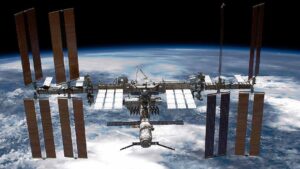
Space Technology: Historical Evolution of Space Technology
Conclusion
space stations have played a crucial role in advancing our knowledge of space, conducting experiments, and fostering international collaboration in space exploration. While I can’t provide information on the number of space stations beyond 2021, I hope this overview gives you a comprehensive understanding of the most significant space stations up to that point. Space exploration continues to evolve, with plans for future stations and missions to explore beyond Earth’s orbit, including missions to the Moon and Mars.










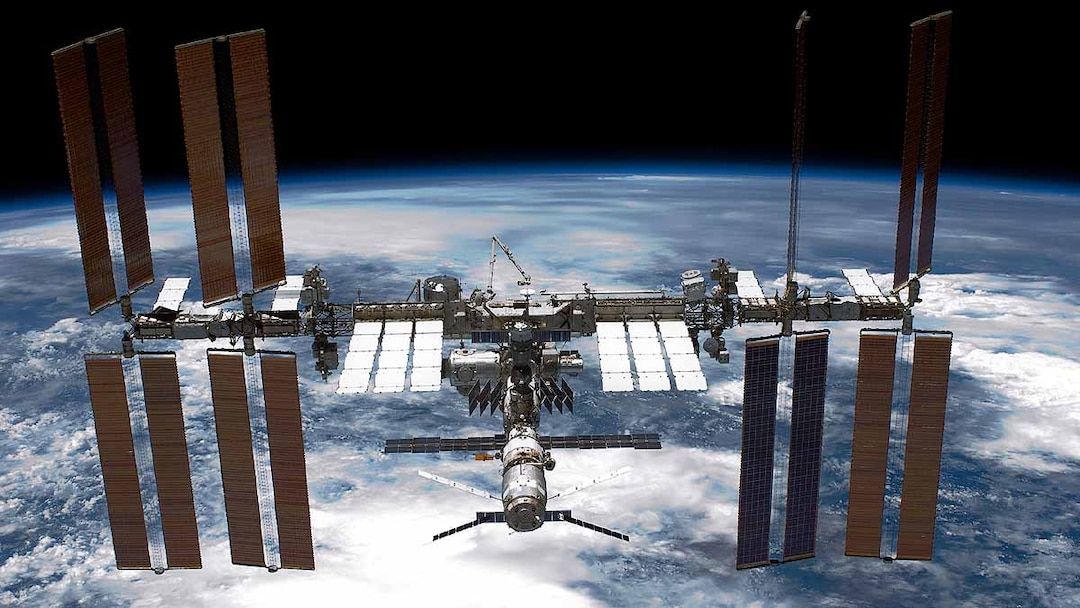

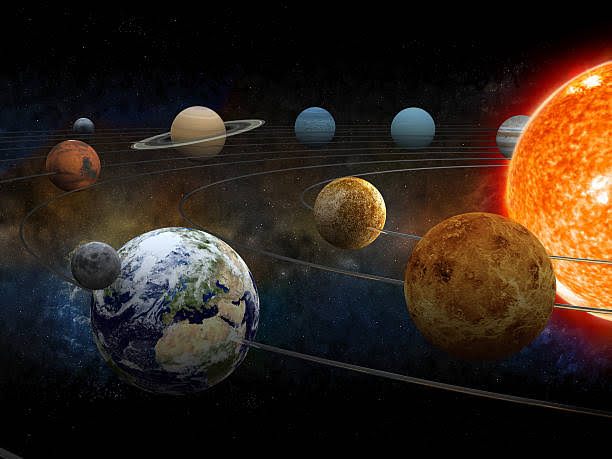
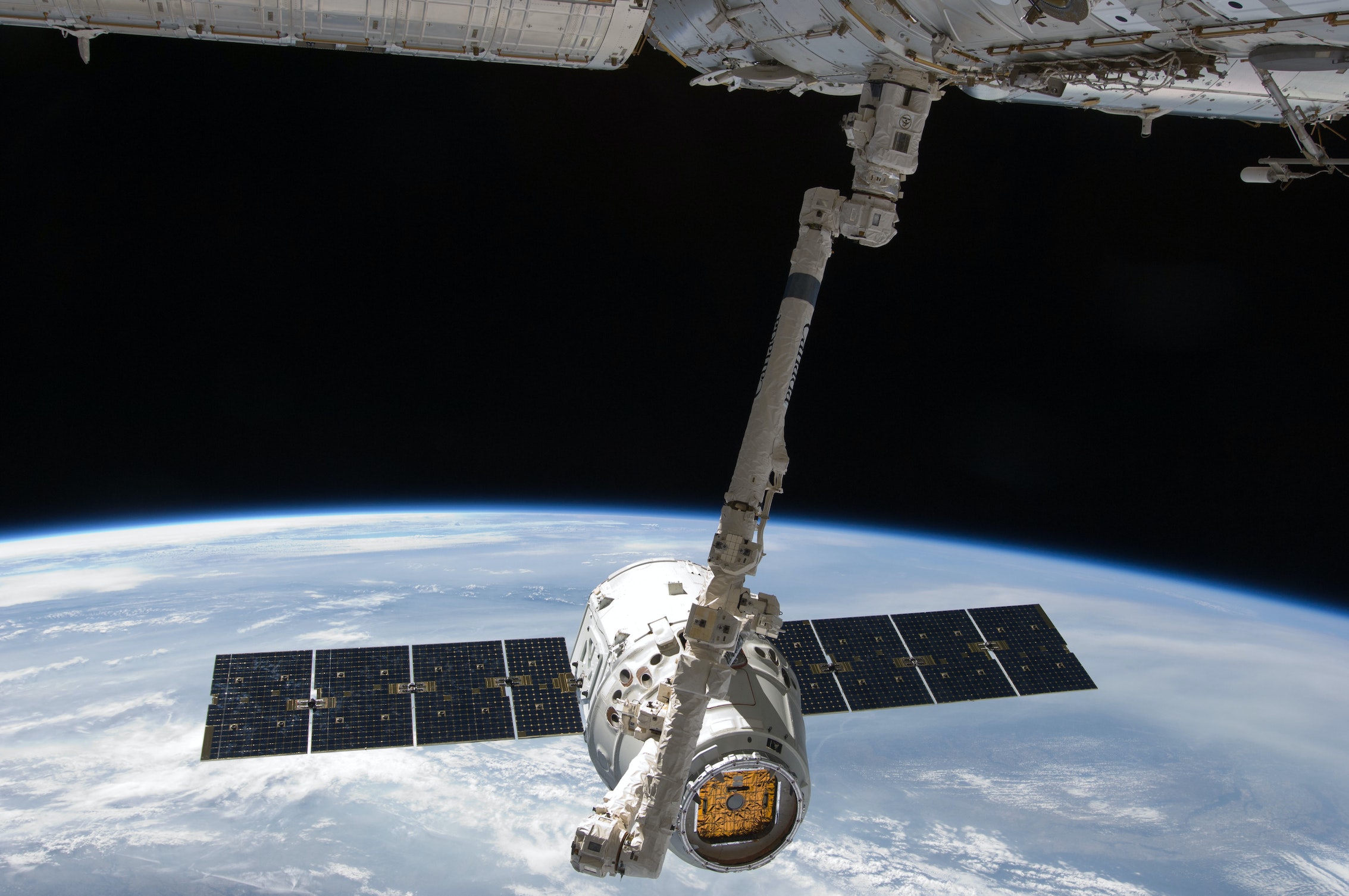





[…] What is the Space Station? Significance, History And Future […]
Your point of view caught my eye and was very interesting. Thanks. I have a question for you.
Thank you for your sharing. I am worried that I lack creative ideas. It is your article that makes me full of hope. Thank you. But, I have a question, can you help me?